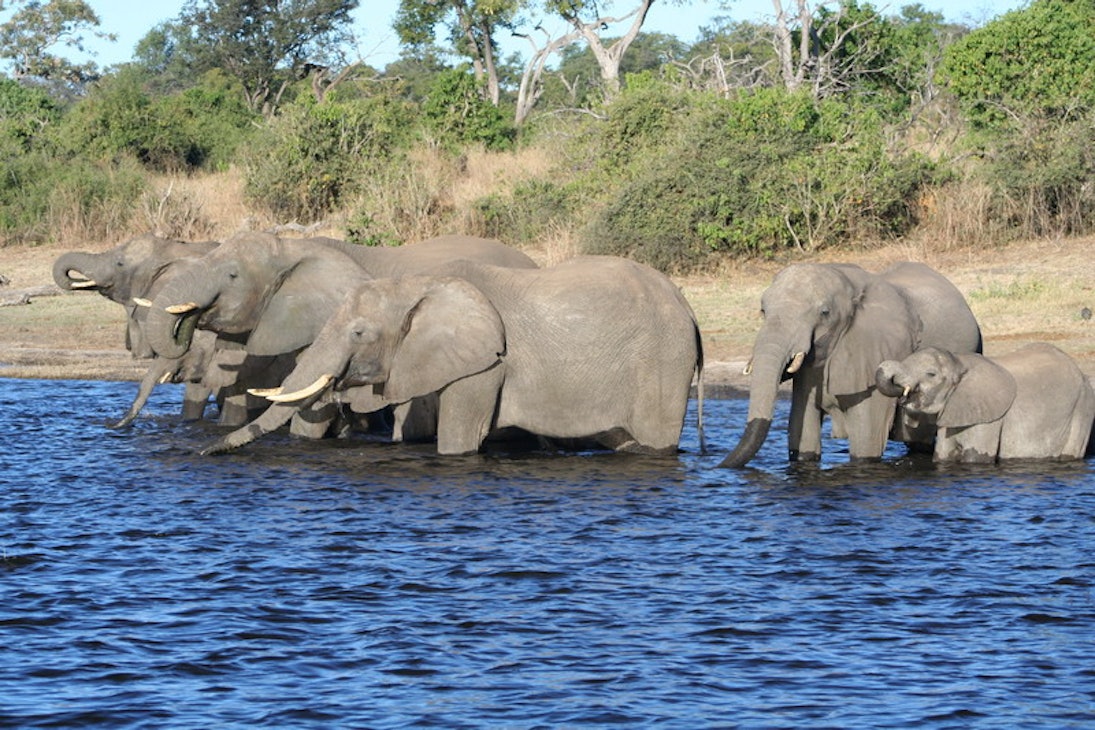
Overview
Famed for some of the world's largest herds of massive elephants, Chobe National Park in Botswana's far northeastern corner is one of the great wildlife destinations of Africa. In addition to the mighty pachyderms, a full suite of predators and more than 440 recorded bird species are present; watch for roan antelope and the rare oribi antelope.
Plan your trip with Guide, an AI travel planner!
Create a personalized trip itinerary in seconds using artificial intelligence.
Must-see attractions
Get a book. Get inspired. Get exploring.
in partnership with getyourguide









